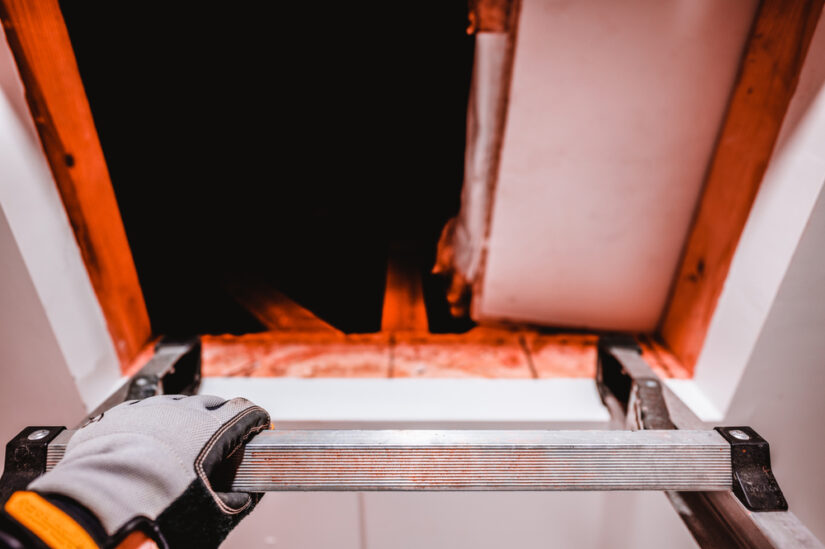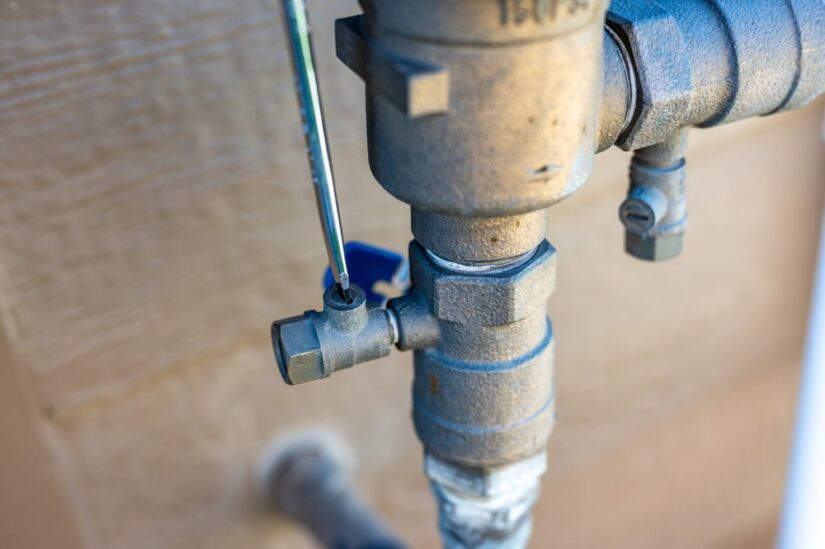
Water stains on ceilings and walls can be more than just unsightly – they can indicate underlying issues that need attention. Whether it’s a small discolored spot or a larger, more noticeable stain, understanding the causes is the first step for effective remediation. In this article, we’ll explore common reasons behind water stains.
Discover the common causes of water stains on your ceiling and walls. Learn how to identify potential sources of leakage, prevent water stains, and the professional solutions offered by Got Rot. Get expert insights now!
Common Causes of Water Stains on Ceilings and Walls
Water stains on your walls or ceiling can be more than a cosmetic issue. They might signal hidden leaks threatening your home’s health. The most frequent culprits? Roof problems. Damaged shingles, overflowing toilets, clogged upstairs bathroom, clogged gutters, or faulty roof flashing can allow rainwater to leak in, staining your ceiling.
Leaky pipes hidden behind walls or above ceilings are another common cause. Cracks, corrosion, or loose connections can cause water to escape and create stains. Even everyday activities can be to blame! Improper ventilation, especially in bathrooms or kitchens, can lead to condensation buildup around air vents, resulting in stains on the ceiling.
Potential Sources of Water Leakage
Water stains on your ceiling or walls are distress signals from your home. They point to hidden water leaks that can wreak havoc on your property. Here are the usual sources:
- Faulty HVAC units: Leaks associated with heating appliances can lead to water seepage, resulting in dried and discolored deposits on ceilings and walls.
- Roof Issues: Leaking roof, leaking skylights, and compromised waterproofing layers can contribute to water infiltration, leading to stains on the ceiling.
- Roof Vents: Faulty roof vents can also cause water to enter the property, potentially resulting in water stain and damage.
- Clogged Gutters: Clogged gutters can lead to water overflow, increasing the risk of water leakage into the property.
- Plumbing Leak: Undetected pipe leaks and plumbing vents can result in water seepage and subsequent staining on ceilings and walls.
Look for additional clues like the location and color of the stain for a more precise diagnosis.
Effects of Prolonged Exposure to Water Stains
Prolonged exposure to water stains, especially in the context of HVAC system-related leaks, can lead to detrimental effects. Water on ceilings, if left unaddressed, can result in ugly stains and compromise the integrity of the affected area.
Also, prolonged exposure to water can lead to water damage, fostering an environment conducive to mold and mildew growth. In fact, according to the U.S. Environmental Protection Agency, mold and moisture can pose serious health risks and cause structural issues in buildings.
Moreover, prolonged exposure to water stains can lead to electrical damage, posing a potential safety hazard. In the case of wood ceilings, exposure to warm water or moisture from shower drains or leaking pipes can lead to the deterioration of the wood, potentially necessitating costly repairs. Furthermore, stains on walls can mar the appearance of the wall paint, requiring extensive efforts to rectify the damage.

Professional Solutions for Water Stain Removal
Water stains are more than just cosmetic blemishes; they signal hidden water leaks. While a DIY bleach solution might seem tempting, professional help offers a more comprehensive and lasting solution.
Repair Process and Source Identification
Professional solutions for ceiling stain removal involve a thorough repair process, beginning with identifying the source of water leaks. This includes inspecting vent pipes, water pipes, and waterproofing layers for any faults or improper installation contributing to the water stain.
Mold and Mildew Treatment
In cases where stains have led to mold and mildew development, a bleach solution is often employed to eliminate these harmful growths. This step is crucial in ensuring a safe and healthy environment post-stain removal.
Stain Elimination and Prevention
The affected layer is meticulously treated to fix water stains, often followed by the application of a stain-blocking primer to prevent their reappearance. This preventive measure is essential in maintaining the aesthetic integrity of the affected surfaces.
Addressing Underlying Waterproofing Issues
Professional solutions prioritize addressing underlying waterproofing issues to prevent future water leaks and subsequent ceiling stains. This is particularly crucial in vast systems like buildings, where comprehensive waterproofing measures are indispensable for long-term stain prevention.
While the initial cost of professional help might seem higher upfront, it can save you money in the long run. They prevent further water damage, potential structural issues, and the health risks associated with mold exposure. Don’t hesitate to get repair estimates from a team of water damage repair experts.
How to Repair and Restore Your Ceiling and Walls
Ceiling water stains may seem like permanent eyesores, but you can restore your walls and ceiling tiles to their former glory with the right approach.
- Identify the Root Cause
To fix ceiling stains, begin by identifying the root cause of any issues, such as roof damage, missing shingles, or problems with HVAC units, to prevent further damage to your ceiling and walls.
- Restore the Affected Area
Repair any nail heads and damaged areas to ensure the structural integrity of the ceiling and walls. Additionally, eliminate discolored deposits and restore the affected areas to their original condition.
- Address Water Stains
Use a spray bottle to apply a stain-blocking primer to cover water stain effectively. Subsequently, utilize a paint roller to apply mold-resistant paint, restoring the aesthetic appeal of the ceiling paint and walls while preventing future mold growth.
- Prevent Future Damage
Be mindful of foot traffic near the restored areas and ensure regular maintenance to prevent future damage. By taking proactive measures, such as avoiding excessive foot traffic, you can preserve the restored surfaces and maintain their visual appeal for an extended period.
Remember, safety first. Extensive water damage or suspected mold growth requires professional attention. Don’t know where to start?
Getting Started With Got Rot
Water stains on your ceiling or walls? Don’t panic! Got Rot’s experienced team to diagnose the roof leak source, from roof problems to hidden pipes. We offer free roof inspections and detailed repair estimates, ensuring lasting solutions. Stop water damage in its tracks – call us today for a healthy, beautiful home!